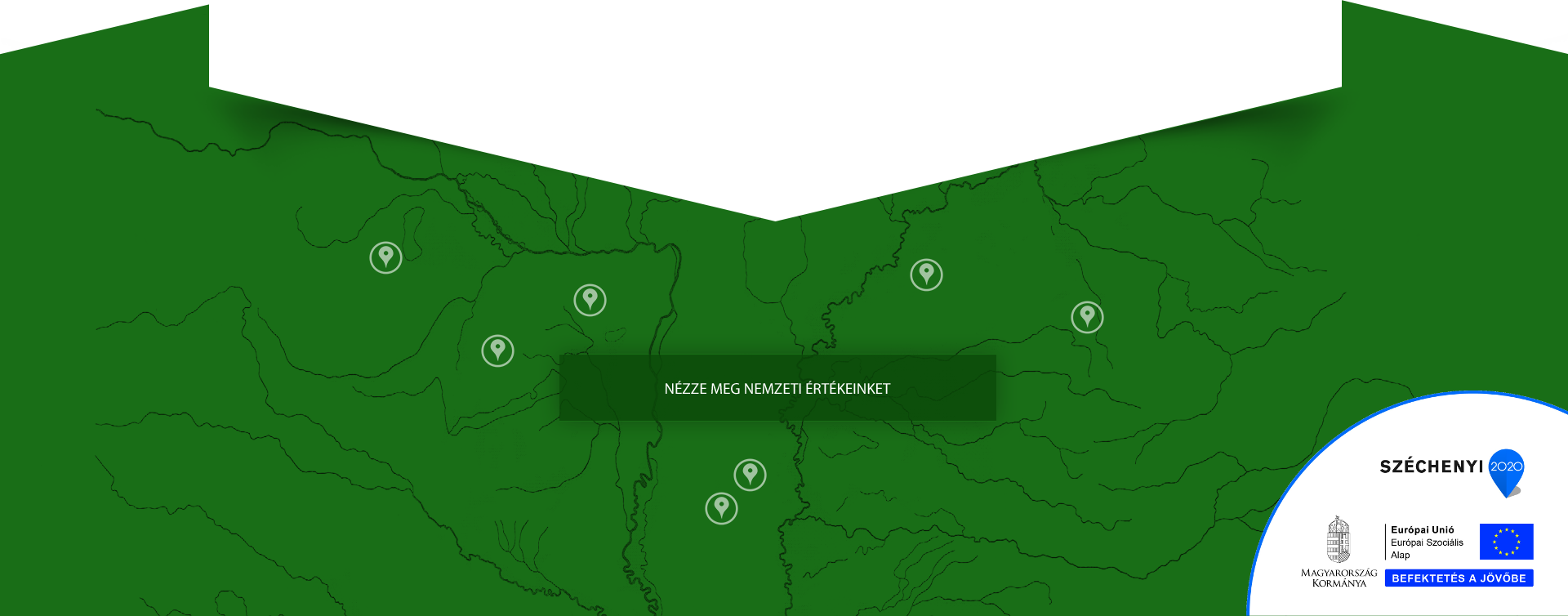The early Christian cemetery of Pécs, from the 4th century, is a comprehensive example of the burial architecture and art of early Christians in the northern and western provinces of Rome.
hungarikum
hungarikum
„Mohácsi busójárás” a masked end-of-winter tradition
Busó festivities have been a tradition of Croat minority in Mohács for centuries; they are a typical example of European end-of-winter, spring-awaiting fertility festivities.
Traditional Hungarian folk song
To Hungarian people the Hungarian songs are as important as chansons to the French, the Napolitano songs to the Italians or the polka to the Poles. The Hungarian songs are part of our national identity, our musical language, an organic part of our traditions.
Kalocsa folk art – drawing, embroidery and wall painting
The Kalocsa embroidery and wall-painting with coloured flowers is known in many places and is often thought to be the Hungarian folk art.
The Hungarian bow of 9th-11th century
The complex Hungarian horn bow from the 9th-11th centuries, belongs to the group of the complex reflex bows of the people who used to live on the Euro-Asian steppes.
Halas lace
Lacing has more than 100 years of tradition in Kiskunhalas.
Fertő / Neusiedlersee cultural landscape
The area of Lake Fertő has been the meeting place of different cultures for 8000 years, creating a characteristics cultural landscape. Due to its unique natural values, UNESCO designated it as a biosphere reserve in 1979. The lake and the surrounding villages were designated as World Heritage Cultural Landscapes in 2001 by the World Heritage Committee. In addition to its natural values, folk architecture and palaces built between the 17th and 19th centuries (Esterházy and Széchenyi Palace) are also worthy of attention.
Budapest, including the banks of the Danube, the Buda Castle Quarter and Andrássy Avenue
The Buda-side of the heritage area includes the buildings of the Castle District of Buda, the Gellért Hill and Gellért Bath. The Pest-side of the World Heritage area includes the stretch of the Danube, where the most pronounced feature is the building of Parliament by Imre Steindl, but the Hungarian Academy of Sciences, the Gresham Palace, the Vigadó of Pest and the Inner City Parish Church are also significant. Four bridges of the Danube in this area (Margaret Bridge, Chain Bridge, Elizabeth Bridge and Liberty Bridge) are also part of the World Heritage, altogether with Andrássy Avenue, Heroes’ Square and the Millennium Underground Railway.
Millenary Benedictine Abbey of Pannonhalma and its natural environment
The Benedictine Abbey of Pannonhalma is one of the most outstanding national historic sites in Hungary, a religious and art historical centre.
Tokaj Wine Region Historic Cultural Landscape
Tokaj wine region has a microclimate that is unique in the world, and which is especially favourable for the production of aszú. It has a tradition - rooted in the 16th century of producing aszú wines, noble naturally sweet wines and high quality, dry, white wines.




